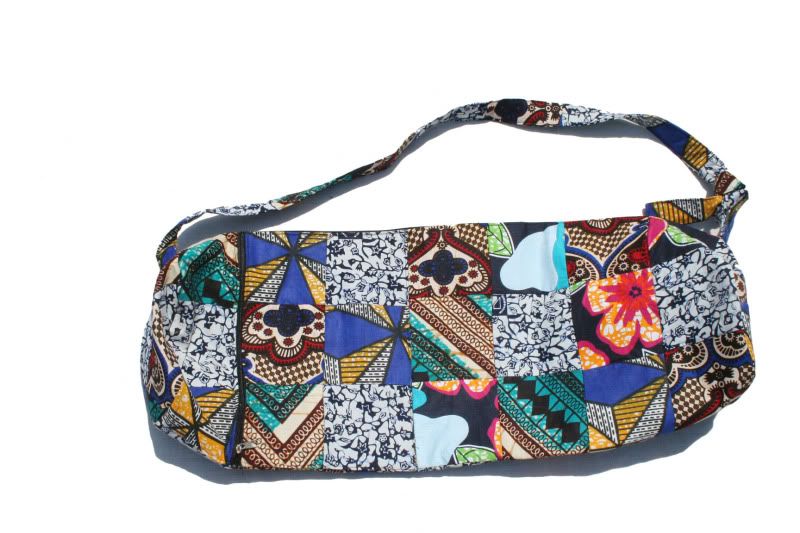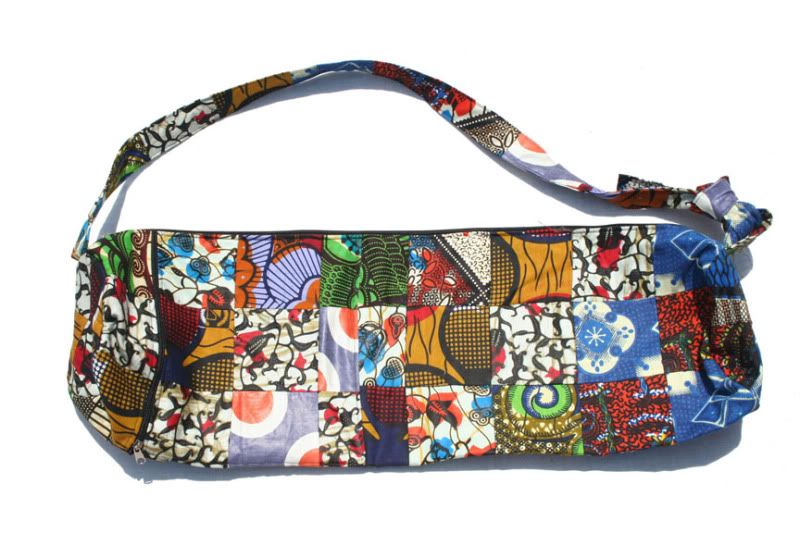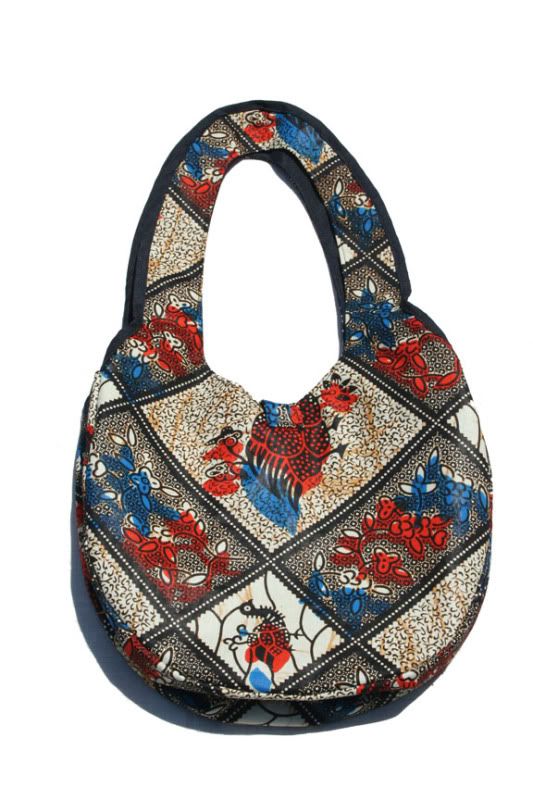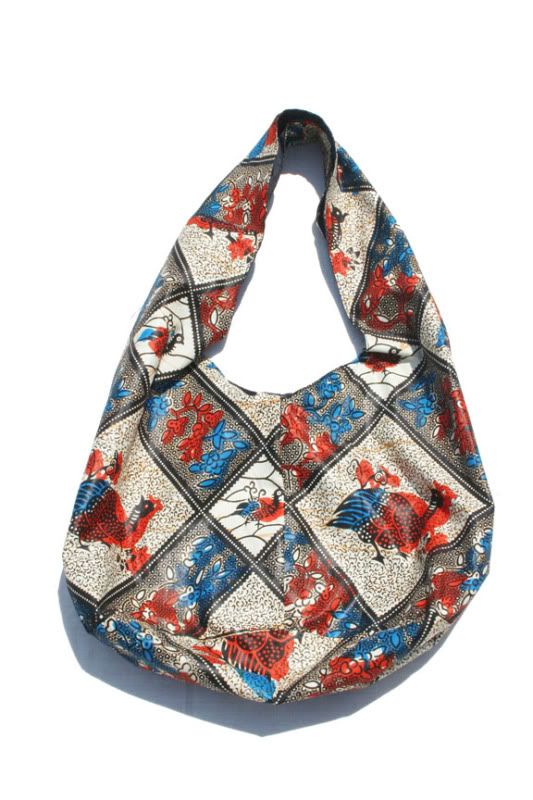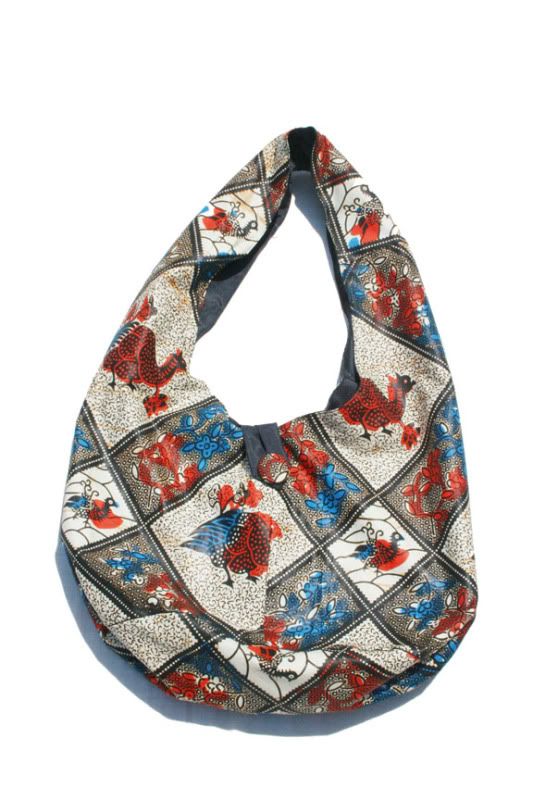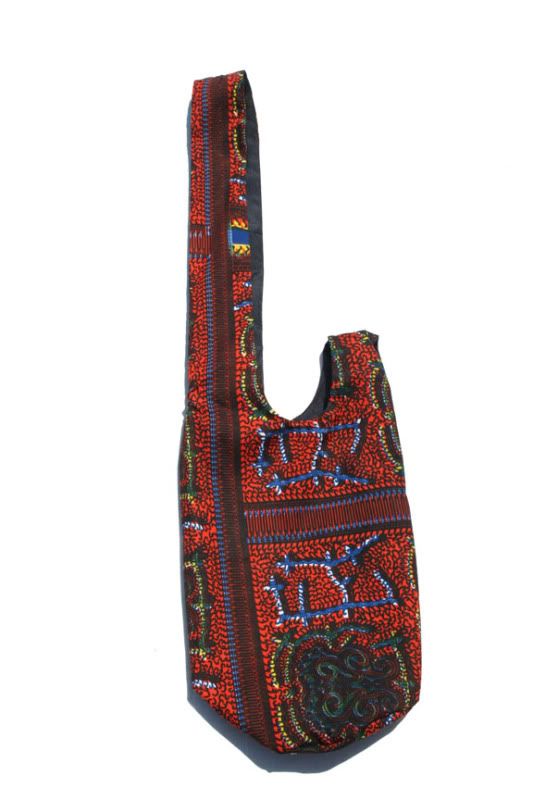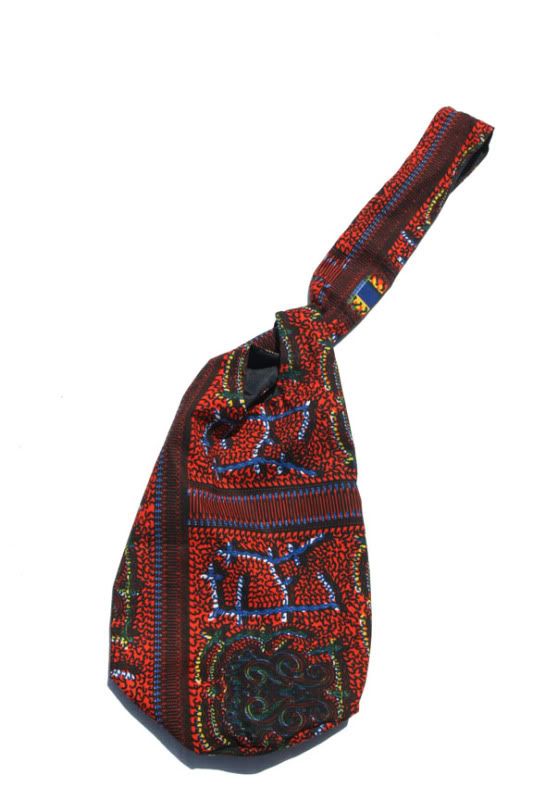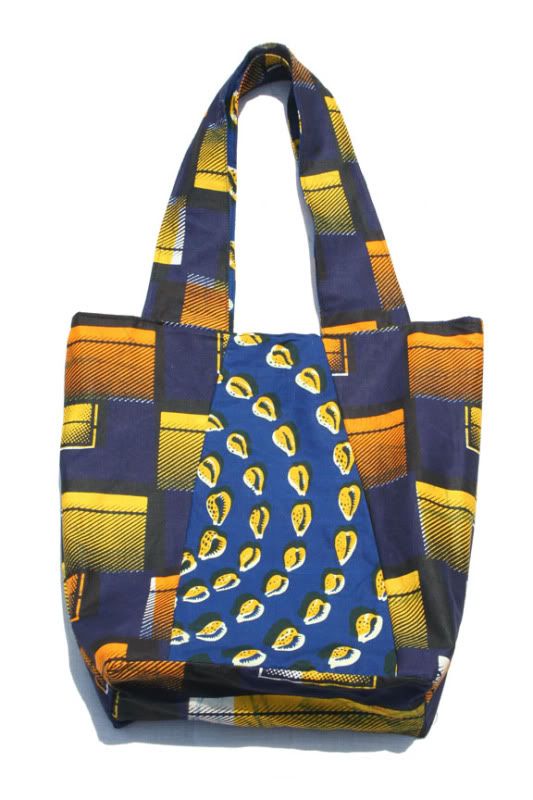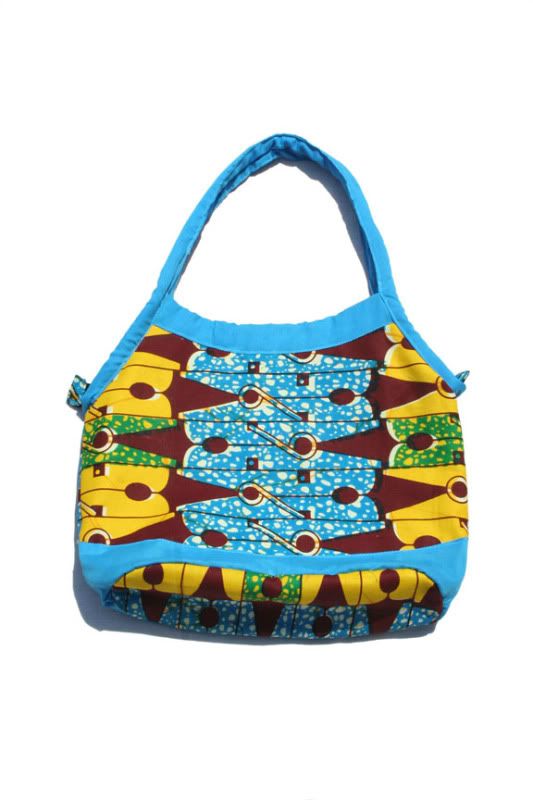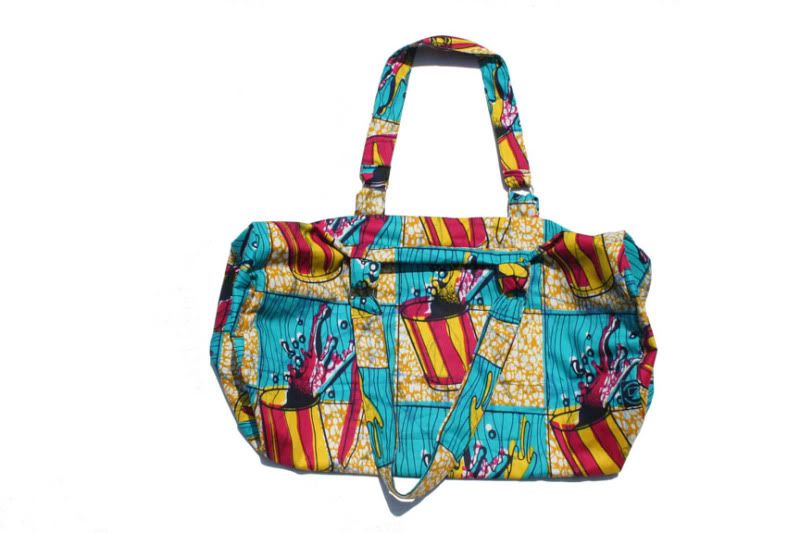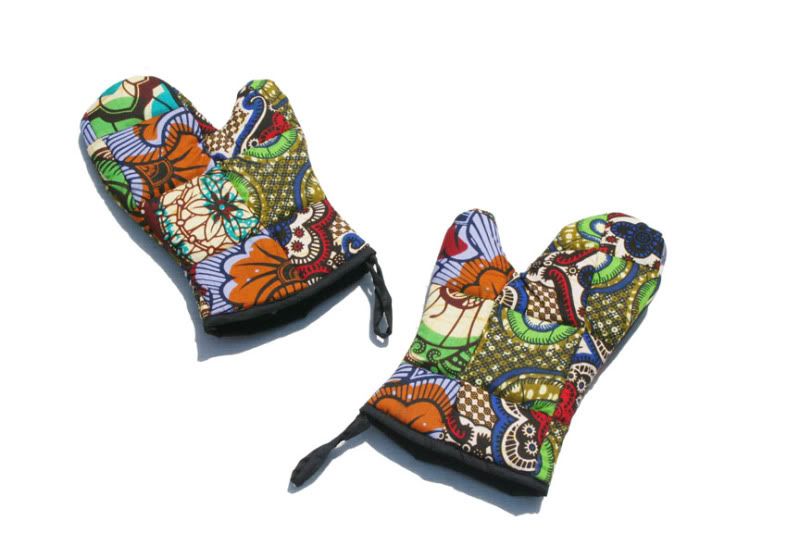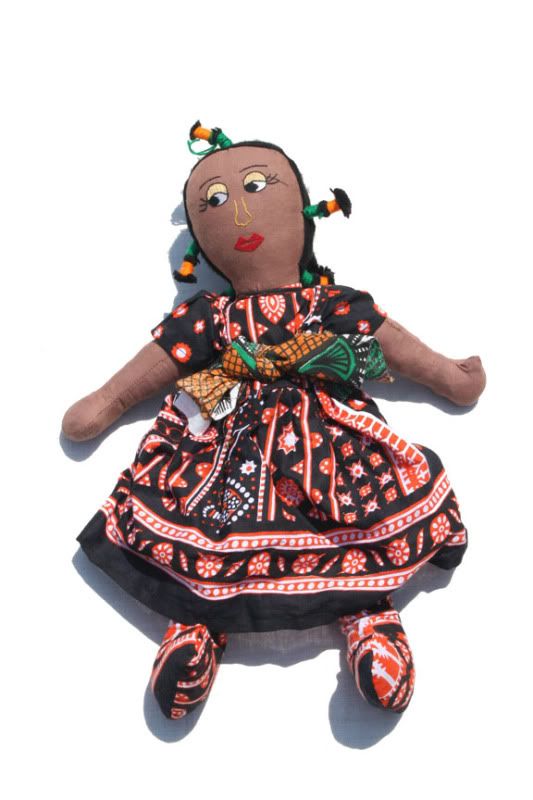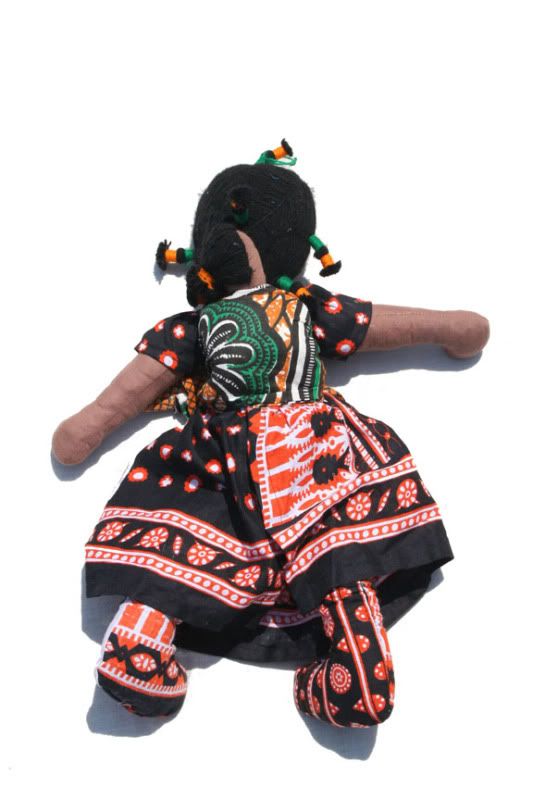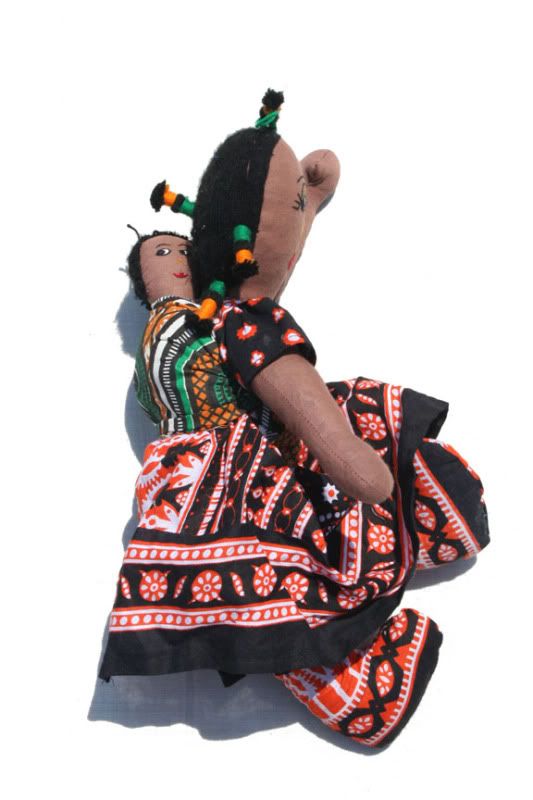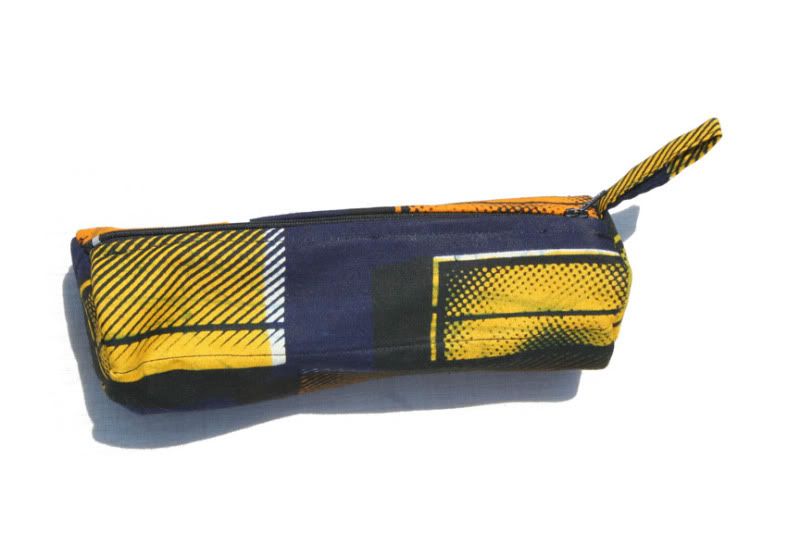Introductory Footnote:
In the summer of 2009, I was fortunate enough to pack up my bags and move to Kigali, Rwanda. I was set to work with an organization called Women’s Equity in Access to Care and Treatment (WE-ACTx), primarily working with Information Communication Technologies (ICTs) in their HIV/AIDs clinic in Centre-ville. Working directly with the staff of the clinic, my job became less focused around infrastructure and simply teaching basics of computers, Microsoft suits, database: the transition from paper to digital was one that needed support. These digital upgrades were to increase the clinics efficiency in seeing patients and in research, as that is a primary mode of funding. Clinic staff (Doctors, Nurses, Psychologists, Pharmacists) must also meet TRACnet requirements biweekly, which means comfortably operate with their graphical user interface (GUI), as you cannot submit all report via telephone.
As a computing student, I study Human-Computer Interaction (HCI), the study of the interaction between computer-technology; specifically how one's capability with computer-technology is effected by the user interface. The study of HCI is of the mind that the learning curve of computer-technology can be sped up through thoughtful design. If the learning curve is not efficient enough, the HCI needs to be questioned with respect to its users. It is personally why I think projects like One Laptop per Child will continue to fail, and why TRACnet’s western -developed HCI needs questioning.
Rwanda is a small, landlocked East African Country with a dense population of 8.2 million people. Unfortunately, the country is best known internationally for the genocide of 1994. After the Arusha Peace Accords of 1994, Rwanda has struggled to regain peace, as well as it’s international image. As Rwandans struggle to live in the post-traumatic stress, they are confronted with a plethora of other obstacles: one central issue being HIV/AIDs. As the Genocide played its part in the perpetuation of HIV/AIDs, like through tactical rape, the issue holds a lot of controversy and shame. While Rwanda has been able to lower its percent of the population living with HIV/AIDs to 3%, it still faces considerable problems with fighting the virus and protecting it’s citizens. Specifically Rwanda has developed TRACnet in 2003 in order to amalgamate HIV/AIDs patient information to provide the most comprehensive support available, and overall, increase the efficiency of the health-care network itself. This paper will give a brief summary of Randan History post Belgian Colonization, discuss the interconnection with HIV/AIDS, rape and the genocide, then discuss the current impact of HIV/AIDS on Rwandans, concluding with an explanation of TRACnet, TRACnet Plus and their pitfalls.
Colonized by Belgium in 1916, Rwanda remained under Belgian rule until 1962. The ethnic division of Tutsi, Hutu, and the lesser known Twa pygmies, among Rwandan nationals was the result of colonization and perpetuated by the interjections of other euro-centric narratives and observational bias. The Tutsi’s would be deemed the ruling ethnic class by the Belgians, forcing their dominance over the Hutu majority. In the years prior to independence, the Party of Hutu Emancipation Movement came to power and thousands of Tutsis fled to neighboring countries. In 1973 the military took control of the country and abolished all political activity, in a coup d’etat led by Juvenal Habyarimana, a radical supporter of bringing the hutu majority to power. In the 1980s, Rwanda begins to experience the HIV/AIDS epidemic with the rest of the world. Then, in 1990, after several rounds of single party elections, Tutsi exiles formed the Rwandan Patriotic Front (RPF) and invaded from Uganda. While a ceasefire was negotiated in 1992, the tension of the ethnic divide culminated in the genocide of 1994 after Habyarimana’s plane was shot down. It is estimated that 800,000 Tutsis and moderate Hutus were killed, while millions fled to neighboring countries (Prunier). However, the genocide continues its effect on Rwandans, as these colonial social-constructed ethnicities remain ingrained within society, and the proliferation of HIV/AIDS.
Approximately 250,000 women were said to be raped during the few months in 1994, not even including numbers of any possible male-on-male rape (WE-ACTx: video). “Rape committed during war is often systematic and intended to terrorize the population, break up families, destroy communities, and, in some instances, change the ethnic make-up of the next generation. Sometimes it is also used to render women from the targeted community incapable of bearing more children.”(United Nations (2)) HIV-transmission was hence solidified as a war tactic, and has ensured the persistence of the virus among the Rwandan population. “Although not all cases of HIV/AIDS among rape survivors can be traced to the sexual violence they survived, the mass rape during 1994 contributed significantly to the spread of the virus in Rwanda, particularly as rates of HIV transmission during sexual violence are believed to be high.” (Amnesty International) In a case-study done by the Rwandan Association for Genocide Widows, AVEGA (Association des Veuves du Genocude), found of the 1125 members that had been raped during the genocide, 66.7% were seropositive(Amnesty International).
Presently, 3% of Rwandans are seropositive, with the highest concentrated around Kigali, the capital and major urban centre. Kigali has a 7.5% seropositive population, while Gitarama at 8.1% and Gisenyi District at 9.7 percent are just outside of the city (World Health Organization: http). In 2009, USAID said that in Rwanda, “The prevalence rate has remained relatively stable, with an overall decline since the late 1990s, partly due to improved HIV surveillance methodology. In general, HIV prevalence is higher in urban areas than in rural areas, and women are at a higher risk of HIV infection than men.” (PEPFAR: http). In 2001, according to the World Health Organization(WHO), 22 000 persons died of AIDS and in 2007, 7 800 persons died of AIDS in Rwanda. With a high birthrate in Rwanda, juxtaposed to this death rate from HIV/AIDS and the genocide, the numbers of orphaned children is quite hight; in 2001 there were 230 000 and in 2007, there were 220 000. These statistics have drawn NGOs and monetary support for the development of Rwanda.
“As of September 2009, with PEPFAR support, 89,000 individuals received HIV-related basic health care and support at 205 sites. Services include medical care, psychosocial support, income-generating activities, and prevention activities for HIV-positive individuals. The number of clients served represents 50 percent of all people living with HIV/AIDS” (PEPFAR: http). While the number of VTCs providing ART has increased with foreign aid, condom prevalence remains low; in 2005 condoms were estimated to be used by .9% of the time people engaged in sexual intercourse (World Health Organization: http)). As such, Rwandan Government does not feel as though it is reaching enough of it’s population and through projects like TRACnet they hope to remedy that.
Treatment and Research AIDS Center (TRAC) is a division of the Rwandan Ministry of Health. TRAC’s mission is “To promote and facilitate measures and actions taken in respect to the prevention, care, treatment, and research in the fields of HIV and AIDS, Malaria, Tuberculosis and other Epidemics Infectious diseases.” (TRAC Rwanda: http). Their six goals are to improve overall health of the population, to “strengthen the heath and public health systems”, to define the publics needs and priorities to develop meaningful policy, actively research, improve quality of health care, and to “Enable and facilitate participation of population through information and guidance” (TRAC Rwanda: http).
In 2005, TRAC launched TRACnet, funded and provided administrative support through the US Centers for Disease Control(CDC) and the President's Emergency Plan for AIDS Relief (PEPFAR). TRACnet is a national, bilingually-accessible (French and English, not Kinyarwanda) database, that provides additional functions for example patient graphs of CD4 count (Fraser: http). This program was designed to facilitate information transfer for patients in a country where roads and communication technology are inadequate, hence playing it’s part in the above six goals of TRAC. “When patients live far from the laboratories where diagnosis can be made precisely and from the main warehouses where drugs are stored, the treatment chain can be broken, immediately affecting those who suffer.” (United Nations: http). TRACnet interacts with more than just VTCs and partners with Central Purchasing of Essential Drugs, Medical Consumables and Equipment in Rwanda(CAMERWA: Centrale d’Achat Des Medicaments Essentiels, Consommables et Equipements Medicaux du Rwanda) to keep regular stock and ensure availability of Antiretroviral (ARV) medication.
Supported by Rwanda’s two largest telecommunication companies RwandaTel and MTN-Rwanda, through the use of a TRACnet satellite (and solar-powered) phone or by dialing a toll-free number, or texting to the number, VTCs in rural areas can give and receive patients updates (Nsabimana: 430-433). “The reasons the impact of TRACnet technology has been so immediate is because it utilizes the existing mobile phone infrastructure and is based upon SMS, a mobile phone feature that Rwandans use regularly in their daily lives” (Veen: http), deminishing some reliance on an unreliable internet infrastructure (as fire-optic and/or copper cables have not been laid in the vast majority of the country) (Fraser: http ). “The system now connects 75% of Rwanda’s 340 clinics and covers over 32,000 people.” (Veen: http)
Since the start of TRACnet’s gradual implementation in 2003, there have have been ideas of how to expand TRACnet beyond seropositive peoples, to include other health epidemics like malaria and tuberculosis, and beyond that a general health care number system and database.“TracPlus is the primary national agency responsible for Preventing Mother-to-Child Transmission (PMTCT) and Voluntary Counseling and HIV testing (VCT), Epidemiology Surveillance, and Health ICT/ Information Management” (Fraser: http).The implementation of TRACnet Plus (Centre for Treatment and Research on AIDS, Malaria, Tuberculosis and other Epidemics) has recently began it’s integration into Rwandan Health Care in 2009 and is expected to be fully implemented by 2012 (TRAC Rwanda: http).
Human Computer Interaction(HCI) is a computer science field, that studies how to create technology so it has an optimized learning curve. HCI scientists believe that the interface can directly affect the user’s experience and potential ability with the technology. Following scientific method to ensure a diverse and random group of participants, HCI has yet to realize the global exclusions of its practice, if technology is only tested in it’s western origin. In the case of TRACnet2, HCI is developed both for the graphical user interface (GUI) online, but also for how one would submit data by text (for example code words would be used to specify what information should be directed to what part of the database, or to specify they wish to receive information not submit).
TRACnet used a Western approach to HCI, as it was developed by an American company, Voxiva, and they continue to provide Information Communication Technology(ICT) support to the project (United Nations: http). “TRAC also has a team of IT personnel, who train health care providers at the health facilities in how to use TRACnet, and who also monitor reporting into TRACnet and publish monthly reports” (United Nations: http). The question should really be who does the maintenance of the database back-end, and if the answer is foreign Voxiva employees, can this program really be deemed sustainable?
Voxiva is the largest player in the e-Health space to date, and TRACnet is one of many Health Care databases created by Voxiva in the developing world (Cooper). While their approach does imply the database can be adjusted for addressing different information, their approach for distributing, creation and implementation of the technology has remained consistently top-down. It is important to recognize that the research gathered includes a large portion of the seropositive population, but it excludes a large portion as well:“While this type of surveillance is valuable for capturing a broad understanding of groups of patients on ART, it does not identify the segment of the population whose HIV status is unknown. These data collection efforts offer only a partial picture of the epidemic unless coupled with population-based survey efforts.” (Veen: http)
Still, “Interviews with stakeholders and users of TRACnet confirm that TRACnet is reducing the costs and time associated with submitting ART data. However, submissions through TRACnet remain inconsistent and often inaccurate.”(Nsabimana). The accuracy of reported data through TRACnet is questionable: “One evaluation suggested that there is wide variance in the completeness of data depending on the size of the facility.”3 This accuracy is variable in part because of the technology, and in part due to adherence to medical visits. Texting is seemingly easy, however you are limited to 160 characters, hence causing the detail of the report to suffer. Sixth-month check-up rates were 56% for small clinics, 60% for medium clinic and 14% for large clinics. (Fraser: http)
While submitting information via text-message is seemingly easy but in reality cumbersome and slow: it really only allows rural VTCs to access vital information. To rural communities TRACnet can only offer health alerts, test results, supply and recall of pharmaceuticals. Furthermore, cell-phone infrastructure is far from perfect, in remote, hilly areas (as Rwanda is the land of 1000 hills), “mobile phone reception is spotty or non-existent. In these circumstances, health workers must walk (or climb) to a location where there is a signal so they can send their information to Kigali.” While this effort seems feasible in light of an emergency, for a regular practice it becomes an added hurdle.
“Thanks to their familiarity with the technology, health workers are trained to use the system in an average of only 30 minutes.”(Veen: http)If it is the familiarity with this ICT, a mobile phone, that makes the project most appealing but most inefficient and inaccurate, sustainable and positive for the study and prevention of HIV/AIDS in Rwanda? Columbia University Study of TRACnet asked if, “it be a better use of resources to try to bring Internet access and PCs to remote regions in Rwanda? Perhaps in the long run”(Veen:http). If the current project is not impacting the prevention and treatment of HIV/AIDS, let alone the other diseases and infections TRACnet Plus has added to the plate, then this is a waste of resources and capital that could benefit elsewhere in HIV/AIDS bureaucracy.
As mentioned before, TRACnet is partnered with CAMERWA to ensure stocked quantities of pharmaceuticals. However, “The difficulty of verification may provide perverse incentives to clinics; since drug supply is based on the number of patients they report, over-reporting might be rewarded with excess medications and supplies” (Veen: http). Still, despite these drawbacks, TRACnet is continually seen (by officials and NGOs) as “a valuable model of a technology that could lead to increased efficiency, accountability, and better health outcomes in treating infectious diseases worldwide” (Veen: http).
The Genocide and the rise of HIV/AIDS have created a situation in Rwanda that needs support, and TRACnet was part of that solution: However, it is questionable whether TRACnet with all it’s pitfalls can be sustainable for HIV/AIDS let alone a health care system. The complex history of Colonialism and ethnic conflict surely contribute to Rwanda’s current perspective, and is hence intertwined with the HIV/AIDS epidemic. If this solution, creates Rwandan dependance of ICT, then it is questionable whether this will bring expected benefits to fighting HIV/AIDS. As Gunder-Frank would look at this, the imports are larger than the exports forcing Rwanda into a satellite relationship with the metropole, the United States.
Bibliography:
*Amnesty International, 2004. RWANDA:"MARKED FOR DEATH", RAPE SURVIVORS LIVING WITH HIV/AIDS IN RWANDA. Retrieved November 13, 2010. (http://www.amnesty.org/en/library/info/AFR47/007/2004).
Cooper, Phillip j. and Claudia Maria Vargas. 2007. “Sustainable Development in Crisis Conditions: Challenges of War, Terrorism, and Civil Disorder” US : Rowman & Littlefield Publishers
Frasier H., Maria A. May and Rohit Wanchoo, 2008. e-Health Rwanda Case Study. Retrieved November 13, 2010. (https://www.amia.org/files/shared/Rwanda___Appendices.pdf)
Nsabimana, Marns M., Irene Anne Jillson and Theodore Svoronos. 2008. “TRACnet's absorption into the Rwandan HIV/AIDS response”. International Journal of Healthcare Technology and Management. 9: 430-445.
Prunier, Gerard, 1995. “The Rwanda Crisis: History of a Genocide” USA : Columbia University Press.
TRAC Rwanda. 2009. Retrieved November 8, 2010. (http://www.tracrwanda.org.rw)
United Nations, 2008. TRACnet, Rwanda: Fighting pandemics through information technology Innovation for Sustainable Development: Local Case Studies from Africa, Department of Economic and Social Affairs, Division of Social Development, United Nations
United Nations (2), 2007. Lessons From Rwanda: The United Nations and the Prevention of Genocide. Retrieved November 12, 2010 (http://www.un.org/preventgenocide/rwanda/support.shtml)
US Presidenial Emergency for AIDS Relief. 2009. HIV/AIDS AT A GLANCE. Retrieved November 12, 2010.(http://www.usaid.gov/rw/our_work/programs/factsheets.html)
Veen, Allison, 2009. Rwanda: TRACnet Mobile Health Information System. Retrieved November 12, 2010 (http://www.columbia.edu/itc/sipa/nelson/newmediadev/Health.html)
*WE-ACTx, 2007. Interview Excerpt with Anne-Christine D’adesky. Retrieved November 12, 2010. (http://www.youtube.com/watch?v=QLZdoL5xPag)
World Health Organization, 2008 . Epidemiological Fact Sheet on HIV and AIDS, Rwanda.Retrieved October 29, 2010. (www.who.int/globalatlas)



























